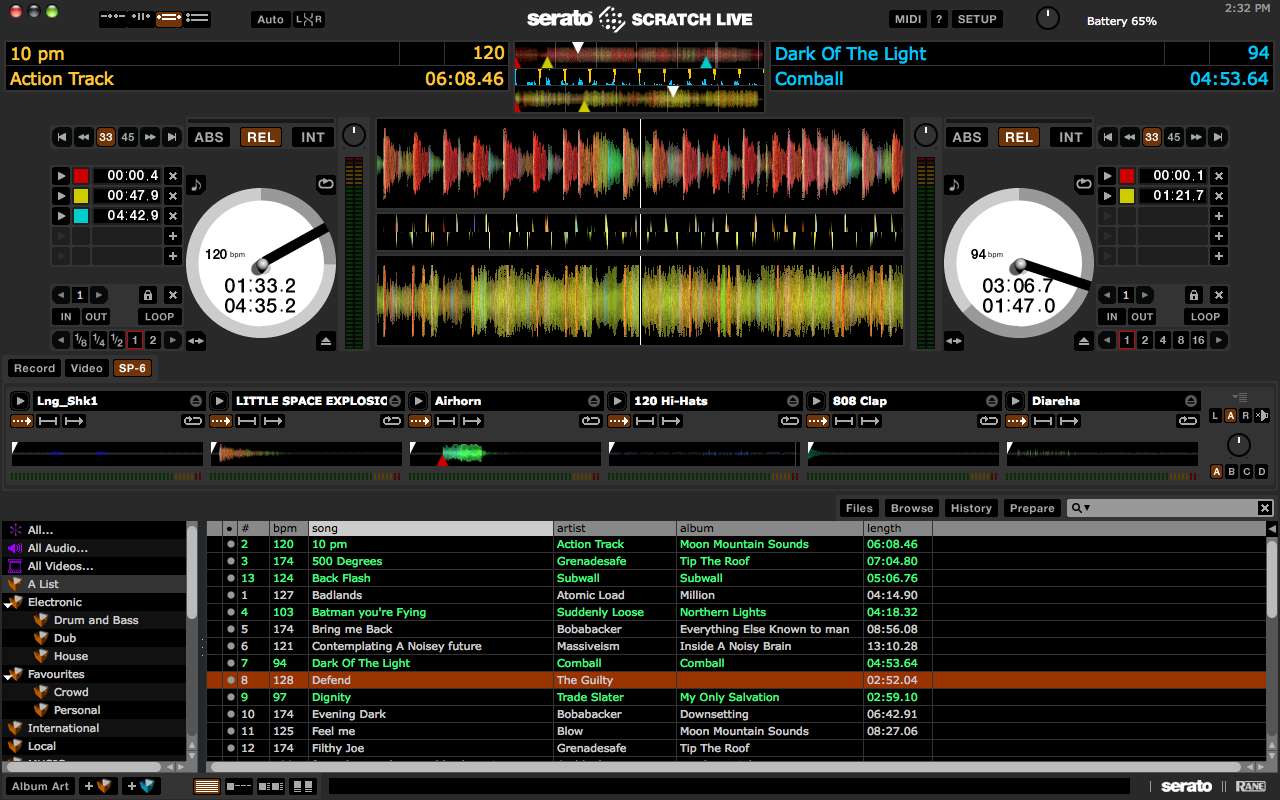

If you would prefer to use Etcher, then follow the same directions as a Windows user. Once you’ve downloaded and verified your chosen Kali ISO file, you use dd to copy it over to your USB drive.

MacOS/OS X is based on UNIX, so creating a bootable Kali Linux USB drive in an macOS/OS X environment is similar to doing it on Linux. Creating a Bootable Kali USB Drive on macOS/OS X (DD) The specifics of this procedure will vary depending on whether you’re doing it on a Windows, Linux, or macOS/OS X system. (Systems with a direct SD card slot can use an SD card with similar capacity. If you’re running under macOS/OS X, you can use the dd command, which is pre-installed on those platforms, or use Etcher.Ī USB thumb drive, 4GB or larger. What You’ll NeedĪ verified copy of the appropriate ISO image of the latest Kali build image for the system you’ll be running it on: see the details on downloading official Kali Linux images. In order to do this, we first need to create a bootable USB drive which has been set up from an ISO image of Kali Linux.
DOWNLOAD MAC OS X ISO TO USB PORTABLE


 0 kommentar(er)
0 kommentar(er)
